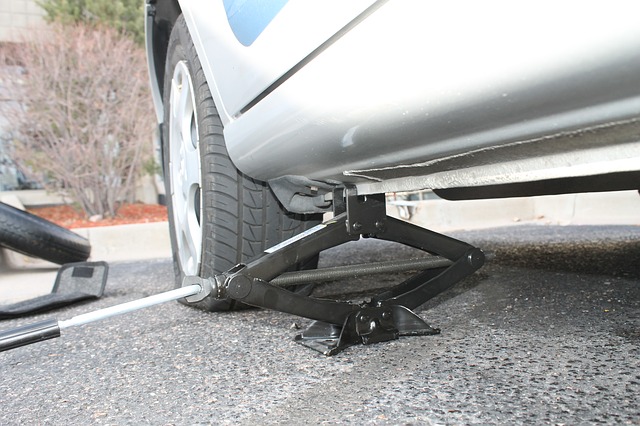Vehicles are one of modern society’s best inventions: we can regularly take on hours-long commutes to work, drive to grocery stores in relatively short times, and even use them as sources of recreation with friends and family. As such, they’re quite popular. There were, as of 2015, more than 263 million registered vehicles in the United States. It’s likely that you own one—study up, you need to know these maintenance tips.
Changing a Flat Tire
Locate the spare tire, either under a panel in your trunk, or directly under the rear end of the vehicle, between the tires. Use a lug wrench—one typically comes included with modern cars near the tire—to loosen the lug nuts one-half turn each. Find the jack, securely raise the vehicle up until the tire has a few inches of clearance, and make sure to tighten the lug nuts on firmly before leaving.
Checking Your Oil
Motor oil, also called engine oil, is a do-it-all liquid that rests in your vehicle’s engine – the big, bulky block in the center of its hood space. Without oil, your engine would rapidly fail to operate, potentially stopping before you even exist your driveway. The oil cools, cleans, and lubricates your engine and its hundreds of parts, all working in harmony, like the proverbial heart of your vehicle. Not having enough oil could result in you permanently junking the vehicle, causing you to take it to cash for cars.
To check the oil, find the dipstick—look for a yellow or red circle affixed to the side of the engine—remove it, wipe all oil from the dipstick with a paper towel or rag you don’t plan on using again, reinsert the dipstick, then read the level. If the uppermost line or hole isn’t covered with a thick layer of oil, immediately bring it to a mechanic for an oil change. They are inexpensive and can prevent serious long-term damage. If you’re in a hurry, purchase one or two quarts of oil and pour them into the engine—it’s a temporary fix.
Replacing a Broken Serpentine Belt
These belts are located on the front of the hood space, directly behind your vehicle’s grill. The serpentine belt (timing belt) will look like it’s snaked around several pulleys. You might need a custom access key to release the tension. However, most auto part stores have a tensioner on hand. Just loop the new belt around the pulleys while the vehicle is off. Make sure to re-tension the belt before starting the car.
Clean the Battery Terminal
On your ride’s battery, locate the two stubs on the top. They sometimes become corroded with brown, blue, white, and rust-colored buildup. Clean it off with lemon juice or an acidic, carbonated drink, and brush with a wire brush. This keeps your battery closely connected to the rest of your vehicle, allowing it to start as usual.
Replace the Air Filter
The engine’s air filter catches debris, so it doesn’t clog the engine. You’ll find this air filter in different places, depending on your vehicle’s make and model. Check your manual. Once you’ve located it, you’ve done the hard part. Simply replace the air filter, and recycle the old, clogged, dirty engine air filter.
Cars are difficult to understand—that’s why there are tons of mechanics around the world; virtually every town has several automotive shops. However, with these five tips, you’ll be able to extend the life of your vehicle, and hopefully avoid mechanics for as long as possible.
Resources
https://www.statista.com/statistics/183505/number-of-vehicles-in-the-united-states-since-1990/
https://theclunkerjunker.com/junk-car-removal/state/california/los-angeles
https://mechanics.stackexchange.com/questions/24555/what-actually-happens-when-there-is-not-enough-oil-in-a-car-engine
































No Comments
Leave a comment Cancel